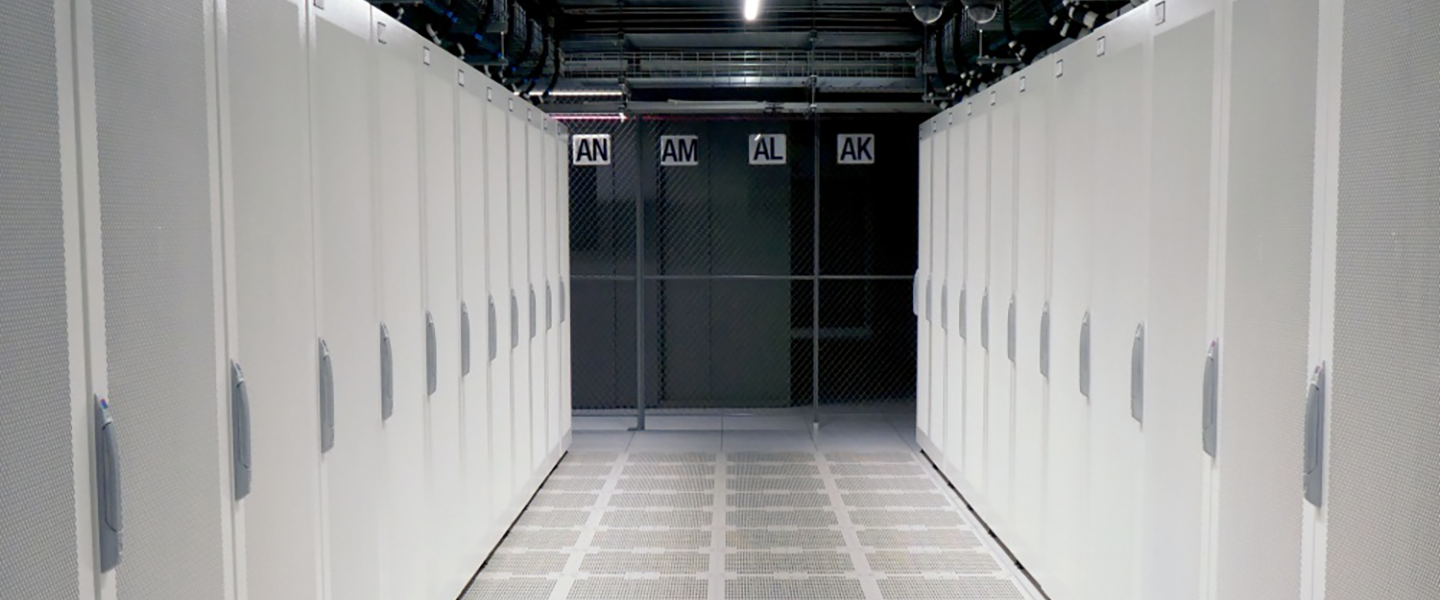Access the 2024 ICDS External Review Report here (Penn State login required).
The review conducted by a team of HPC specialists from other universities offers an evaluation of ICDS services an suggestions for future enhancements.
A High Performance Computational Research Community
The Institute for Computational and Data Sciences is one of seven interdisciplinary research institutes within Penn State’s Office of the Senior Vice President for Research. ICDS brings researchers together to develop and apply innovative, high performance computation methods. ICDS supports faculty from dozens of departments in nearly all of Penn State’s twenty-four campuses.
- Meet our faculty and staff
- Explore our computing services
Mission & Vision
Our Mission
ICDS supports Penn State faculty in catalyzing and leading multidisciplinary and interdisciplinary research teams synthesizing domain expertise with advanced computational and data science approaches to address research questions of scientific and societal importance. This includes a network of co-hired faculty and affiliates, access to advanced computational infrastructure, and access to advanced technical and software engineering consulting.
Our Vision
ICDS catalyzes transformative, interdisciplinary, computational, and data-driven discovery for the advancement of science and for the benefit of all.
Penn State’s Research Hub
ICDS enables and supports the diverse computational and data science research taking place throughout Penn State.
Seed Grants: ICDS offers seed grants periodically to launch new areas of research; to date, ICDS has awarded more than $2 million in seed grants.
Co-Hires and Startup Packages: ICDS partners with many Penn State units to recruit talented computational and data scientists. Through the ICDS Co-Hire program, established in 2012, ICDS has jointly hired top-tier scientists in partnership with other Penn State campuses and academic colleges. ICDS now boasts 38 Co-Hires from 23 academic departments across 10 colleges. Additionally, ICDS helps to support startup packages for other faculty members joining the Penn State ranks.
Cyberinfrastructure: ICDS operates and continues to expand a world-class high-performance computing system known as the Roar supercomputer. This valuable resource lets Penn State researchers carry out advanced simulation and statistical modeling, data analysis, data mining, machine learning, and more.
With thousands of computational cores, petabytes of storage, and a dynamic collection of advanced software, Roar gives Penn State researchers access to the massive computing resources required by today’s computational and data intensive research.
The Roar supercomputer is located in a data center operated by the Data Center Services unit of the Penn State Office of the Vice President for Information Technology.
Learn More
A Brief History of ICDS
Penn State’s Institute for Computational and Data Sciences (ICDS) has a long history of providing the computational tools and expertise to promote Penn State’s interdisciplinary research efforts.
Here’s how the Institute has grown:
- 2011 — The Institute for Computational and Data Sciences traces its origins to 2011, when an intra-university task force was charged with developing a strategic vision for cyberscience at Penn State.
- 2012 — On the recommendation of this task force, the Institute for CyberScience was established in 2012 through the Office of the Vice President for Research under the direction of founding director, Dr. Padma Raghavan.
- 2014 — Penn State Executive Vice President and Provost Nick Jones and Vice President for Research Neil Sharkey took steps to ensure that Penn State can deliver the broad spectrum of computing and data services required for advanced research. As part of this process, ICDS began to develop Penn State’s supercomputer. Today, more than 4,000 researchers and students use the supercomputer to boost their productivity and accelerate their research.
- 2016 — Dr. Jenni Evans was appointed interim director of the institute.
- 2017 — Dr. Jenni Evans was appointed director of the institute.
- 2019 — The institute was renamed the Institute for Computational and Data Sciences to be more aligned with the research community.
- 2020 — ICDS’s supercomputer gets a new name: Roar! (View video announcement)
- 2024 — Dr. Guido Cervone is named ICDS interim director
Multi-Institute Collaborations
Our work intersects with six other Penn State institutes:

